#RAILROADS
Explore tagged Tumblr posts
Text

On this September 27, 2024, Cookie wishes you a delightful 199th anniversary to the Stockton and Darlington Railway, the first public railway to use steam locomotives (1825)!
#cat#cats#cookie#2024#date#history#cookie wishes you#cute cats#animals#september 27 2024#this day in history#trains#railroads#steam locomotive#locomotive#railway
579 notes
·
View notes
Text
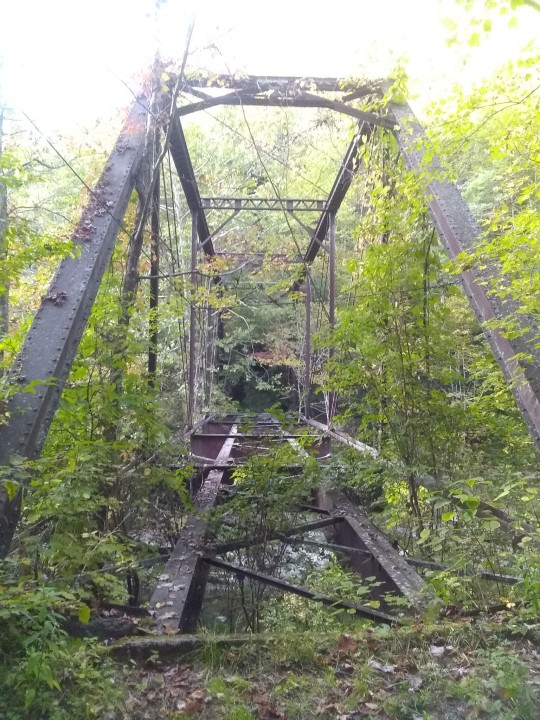
#abandonedcore#abandoned#appalachian#appalachian gothic#appalachian mountains#appalachia#tennessee#southern gothic#my photo#mine#forest#forestcore#greenery#nature#naturecore#railroad#railway#railroads
2K notes
·
View notes
Text
Thinking about how throughout all of human history the top speed of a person was that of a horse/camel or a fast waterway. But animals tire and waterway must be natural or painstakingly built and maintained. Many people would never travel further from their home than they could walk in a day, long journeys were expensive, arduous, and often one way.
Railroads bent space and time. Railroads modified reality. Railroads really must have felt indistinguishable from magic.
#as she calculates how long it would take a horse to get from Pemberley to Longbourn#any technology that is sufficiently advanced..m#railroads
206 notes
·
View notes
Text

212 notes
·
View notes
Text
Taylor Bachrach will be home for Christmas — he hopes. On Sunday, the NDP transportation critic and MP for the riding of Skeena-Bulkley Valley, plans to leave the House of Commons and start a series of train rides that will begin in Toronto and end more than 4,500 kilometres west in his hometown of Smithers, B.C. — about 200 kilometres inland from B.C.'s north coast. That journey could be complicated by the fact that passenger trains in Canada are often delayed when they have to give right of way to cargo traffic travelling on the same tracks. And that's exactly the point: Bachrach's journey is part of a quest to build support for a bill he introduced in Parliament this week. The Rail Passenger Priority Act calls for the Canada Transportation Act to be amended so that any time a passenger and cargo train want to use the same rail line, the passenger train gets priority.
Continue Reading
Tagging @politicsofcanada
#cdnpoli#canada#canadian politics#canadian news#passenger rail#railroads#rail passenger priority act
780 notes
·
View notes
Text
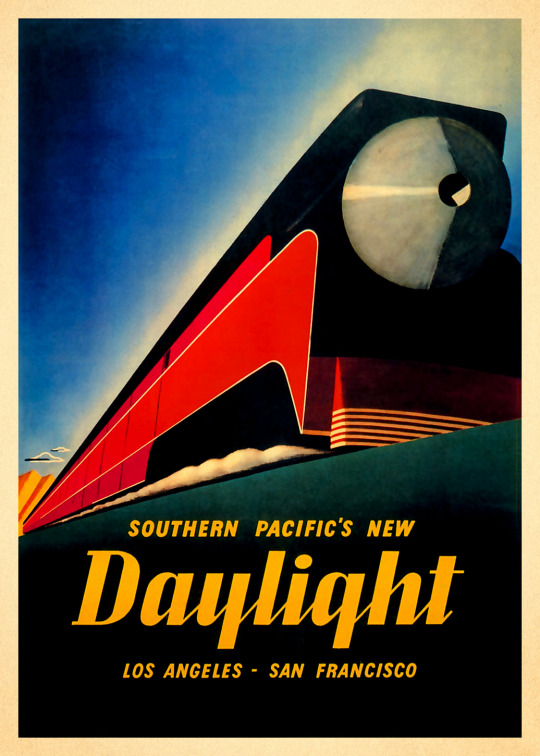
Southern Pacific’s new daylight route travel poster - 1937.
#vintage illustration#vintage advertising#vintage travel posters#vintage artwork#vintage art#the 1930s#rail travel#railroads#train travel#trains#southern pacific railroad#southern pacific#san francisco#los angeles#california
136 notes
·
View notes
Text
Michigan History -
In my post from October 8th, I showed an area in the Shiawassee Wildlife Refuge where at one time there was a narrow gage railroad. It was used for transporting coal in the area.
Many of these similar railroads were used in northern Michigan to clear the land in the lumbering era. Below is a picture of some of the railroad spikes from a logging railroad that was located in the Gaylord Michigan area.

There are spikes that I dug out of the land where the tracks were dismantled. There are from the late 1800’s.
The tape measure is displayed in inches.
49 notes
·
View notes
Text




the blue train in sri lanka | source
#stim#trains#nature#sunsets#sfw#green#blue#orange#pink#brown#trees#sri lanka#railroads#lights#clouds#skies#bridges#power lines#mountains#ishy gifs#postish
242 notes
·
View notes
Text

Train Trestle Art
Richmond, Virginia (USA)
Based on a photo from May 10, 2024.
CSX train trestle on the north bank of the James River.
86 notes
·
View notes
Text
A little experiment.
Like this if you like trains I guess.
(In a more than neurotypically common fashion)
#trains#trans girl#transfem#autistic#autism#trans women#nonbinary#i like trains#shit post#shitpost#train travel#public transit#railroads
49 notes
·
View notes
Text
Okay, but let's discuss the important questions here:
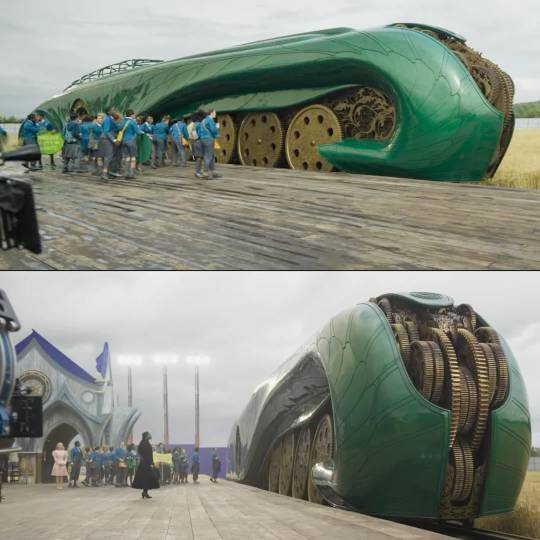
Does the train in Wicked make sense?
…well no, of course not, it's Wicked, I'd be disappointed if it made sense. Way too many gears on that damn thing (gears happen to be expensive), but you know, that's on purpose, that's the point of the whole thing.
I will actually say that it makes more sense than you'd expect at first glance. There's an implication that this is a private special purpose rail vehicle, not the train usually used here, specifically to get Elpheba to Oz. See how the station platform is infinitely long, obviously designed for far longer trains. Between the luxurious interior and the dome-car style canopy, this may be the Wizard's own personal train. I don't think he'd actually use it, but it would make sense for him to have one. Like how the Pope in the real world has a rail connection that's completely pointless. This train is definitely the thing to send if you want to impress, well, the only one with actual magical power in the whole kingdom.
And I really love the design of it. It evokes both 1920s and 1930s streamlined locomotives and 1930s streamlined cars like the Bugatti Type 57:
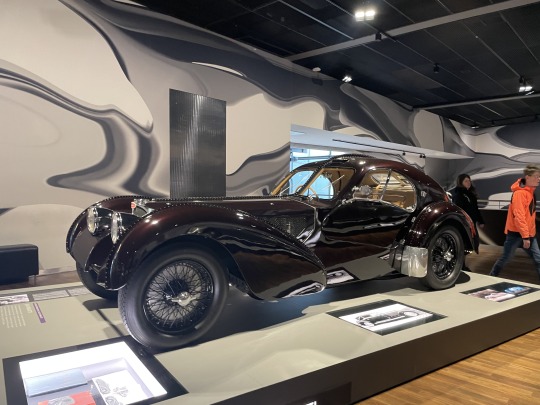
But it also puts its own Art Nouveau spin on it. It's beautiful, intricate, needlessly complicated, the only knock against it is that it doesn't appear to be wheelchair accessible, which is genuinely not great.
There are a lot of questions you could ask about it. Like, why does it appear to have a 2'D2' (that's 4-8-4) wheel arrangement like a tender steam locomotive when it doesn't appear to be one of them, and the rear isn't a tender? Beats me. How is it powered? No clue. Why do the tracks have moving parts? No idea. How does it stay on the tracks, is that why the driving wheels appear to be slanted? Impossible to tell. Isn't this going to be hell on maintenance? Quite possibly. But all of these feel kind of silly to ask in the heightened reality of Wicked.
The important part is that the train is really beautiful and I love it.
34 notes
·
View notes
Text

33 notes
·
View notes
Text
"Mister Lipwig, the world lives between those who say it cannot be done and those who say that it can. And in my experience, those who say that it can be done are usually telling the truth. It's just a matter of thinking creatively. Some people say 'Think the unthinkable,' but that's nonsense--although in your case, sir, I think you have the nerves for it. Now, don't let me detain you."
Terry Pratchett, Raising Steam
#havelock vetinari#moist von lipwig#raising steam#discworld#terry pratchett#uberwald#trains#railroads#train schedule#progress#invention#do or do not#impossible#pressure#deadlines#unthinkable#creativity#creative problem solving#you have the nerves for it
132 notes
·
View notes
Text

70 notes
·
View notes
Text
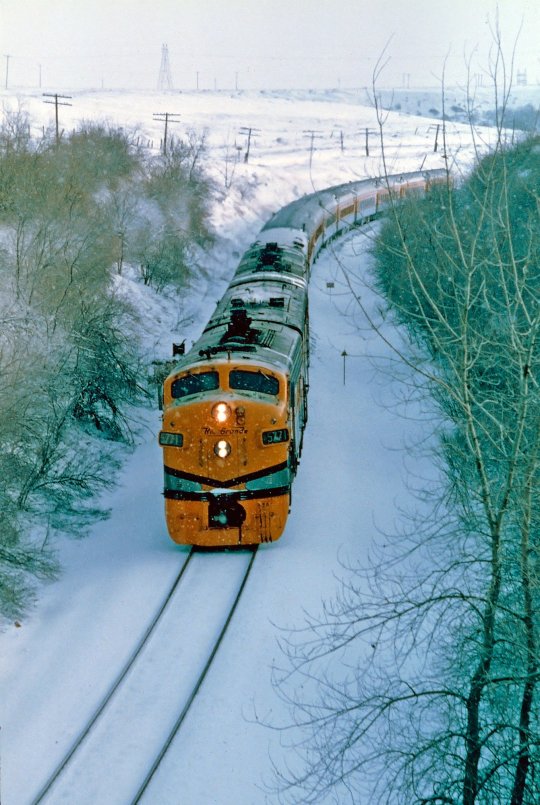
142 notes
·
View notes